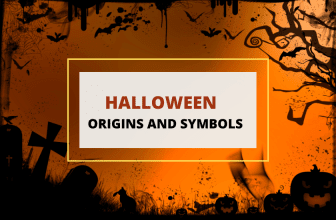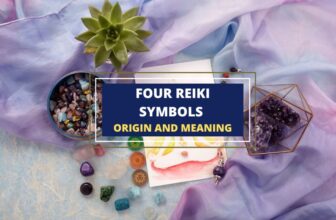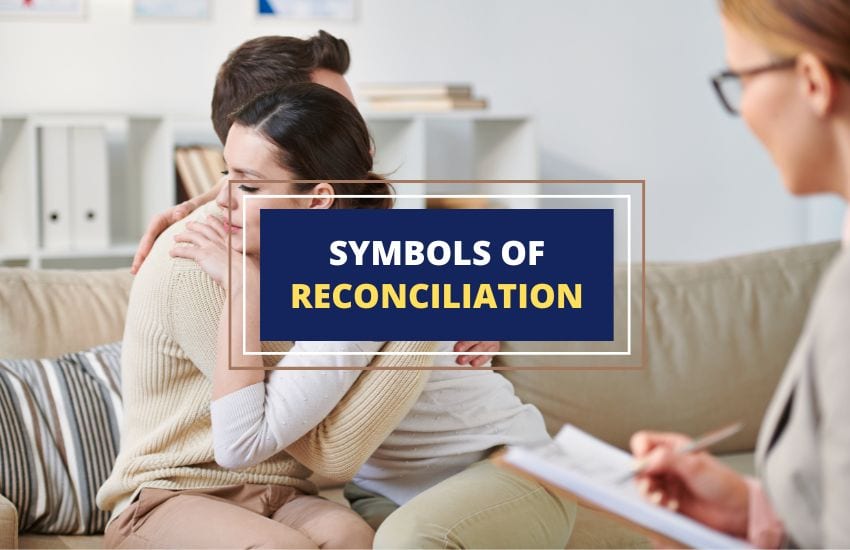
Table of Contents
Symbols have always been powerful tools for promoting healing and understanding. Symbols of reconciliation, in particular, have the power to convey profound messages of forgiveness, unity, and hope.
From the purple stole worn by priests during Lent to the orange shirt worn on September 30 in Canada, each symbol carries a unique meaning and cultural significance.
In this article, we’ll explore some lesser-known symbols of reconciliation and their relevance in contemporary times.
1. Handshake

Ancient Greece is where the first handshakes began during the 5th century BCE. The gesture originally symbolized peace and confirmed that the other person was unarmed. By extending an empty hand, people demonstrated their peaceful intentions and willingness to cooperate.
In the Middle Ages, the handshake evolved into a chivalrous act among knights. They would shake hands to confirm the absence of hidden daggers, showcasing trust and camaraderie. This ritual later spread across Europe, and in the 17th century, the Quakers adopted handshaking as a more egalitarian alternative to bowing and curtsying.
In modern times, the handshake is an essential element of social and business interactions. It sets the tone for a meeting and represents the mutual agreement to engage respectfully.
2. Hug
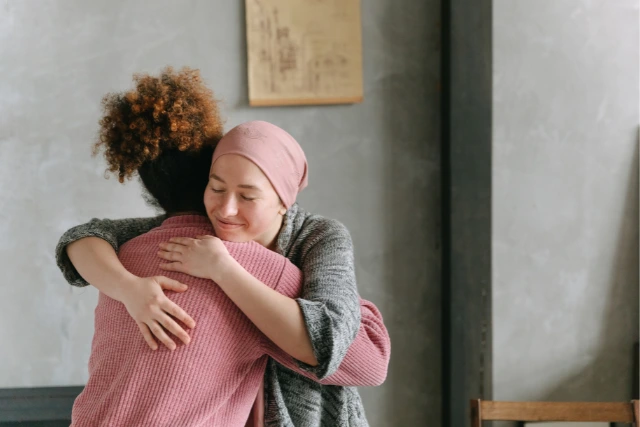
Hugs are often seen as a physical expression of affection, warmth, and comfort. While they can certainly be used to show love and appreciation, hugs can also symbolize reconciliation between two people who may have had a disagreement or conflict.
Embracing each other in a hug can help to ease tensions and rebuild connections that may have been lost. Hugs can be a powerful way to express forgiveness, compassion, and understanding, as well as to communicate a desire for peace and reconciliation.
So next time you feel a rift in a relationship, consider offering a heartfelt hug as a way to bridge the gap and move forward together.
3. Gift

Gift-giving can be a meaningful way to express love, appreciation, and even reconciliation. When two people have experienced a conflict or disagreement, a thoughtful gift can serve as a symbol of healing and a way to extend an olive branch.
The act of giving a gift can show that the giver is willing to put aside past grievances and make an effort to move forward in a positive direction. A well-chosen gift can communicate understanding, empathy, and a desire to rebuild trust and strengthen the relationship.
While a gift alone may not solve all problems, it can certainly help to start the process of reconciliation and pave the way for further communication and understanding.
4. Tears
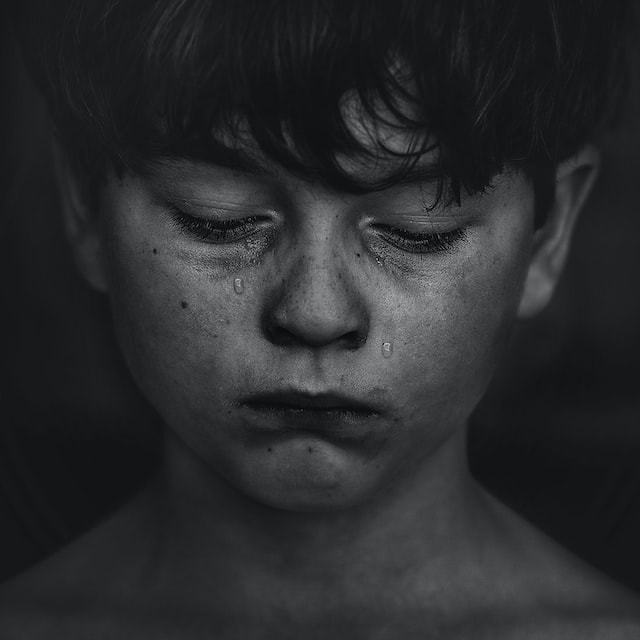
Tears are often associated with sadness and grief, but they can also symbolize reconciliation. Crying is a natural human response to emotional pain, and shedding tears can be a powerful way to express remorse, regret, and a desire for forgiveness.
When two people have experienced a conflict or a breakdown in their relationship, tears can be a powerful symbol of reconciliation. They represent a willingness to let go of the past, acknowledge mistakes, and move forward with renewed understanding and empathy.
Shedding tears together can also create a sense of shared emotional experience, deepening the bond between two people and building a foundation for a stronger relationship.
5. Peace Treaty
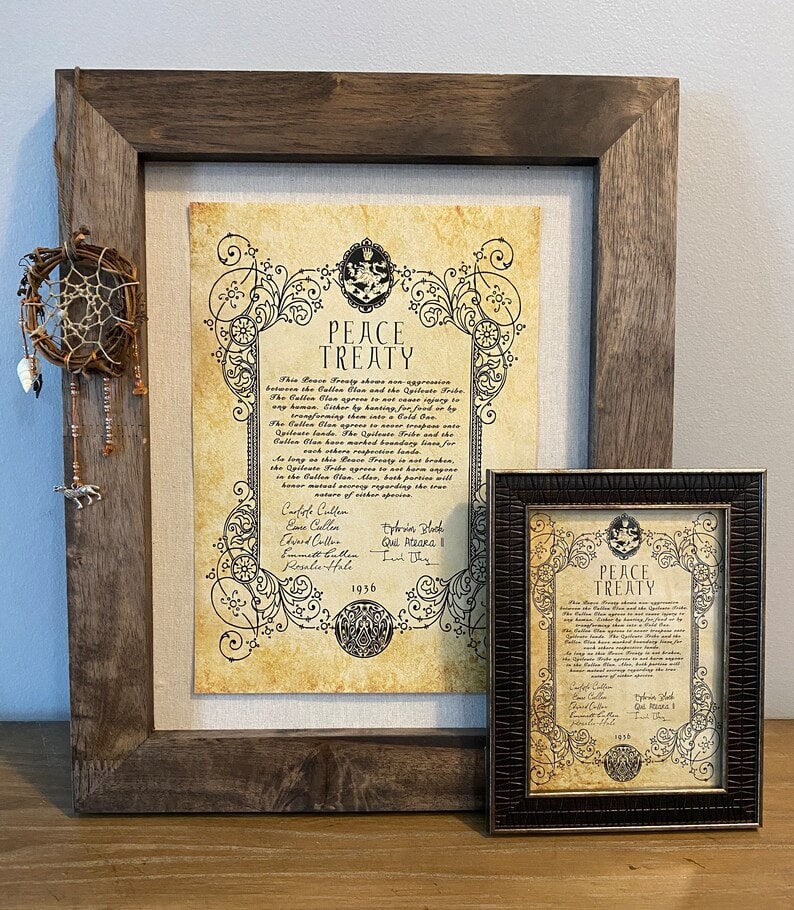
Imagine a world without peace treaties – a world where conflicts never end, and wars just keep on raging. It’s hard to even fathom such a reality when we’ve witnessed the power of a peace treaty. A peace treaty is not just an agreement to stop the violence; it’s a sacred vow of concord, a promise to mend the hurts of war, and a commitment to crafting a brighter future together.
History shows us that peace treaties have been crucial in establishing lasting alliances and resolving conflicts. The Treaty of Kadesh, signed in 1269 BCE by the Egyptian Pharaoh Ramses II and the Hittite King Hattusili III, put an end to years of strife and fostered cooperation between powerful empires. And who can forget the monumental Treaty of Westphalia, which finally put an end to the Thirty Years’ War in Europe in 1648, paving the way for peaceful coexistence based on diplomacy.
It’s clear that peace treaties are not just pieces of paper, but rather symbols of hope, unity, and progress towards a more peaceful world.
6. A Shared Meal
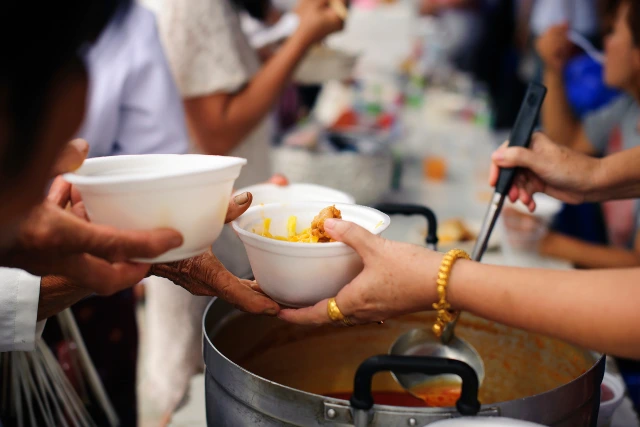
Food is a universal language, and the act of sharing a meal can promote understanding, warmth, and connection despite differences, bringing people together. This tradition dates back to ancient civilizations.
In Greek mythology, Eirene, the goddess of peace, carried a cornucopia symbolizing the prosperity that comes with peace. Sharing meals was a gesture of unity and kindness in many cultures, including medieval Europe, where diners would eat from a shared trencher, signifying trust and friendship.
Today, the shared meal remains an important part of the reconciliation process. One example is the Conflict Kitchen, a US restaurant that serves cuisine from countries in conflict, promoting global unity through culinary exploration and encouraging dialogue and understanding.
7. White Dove
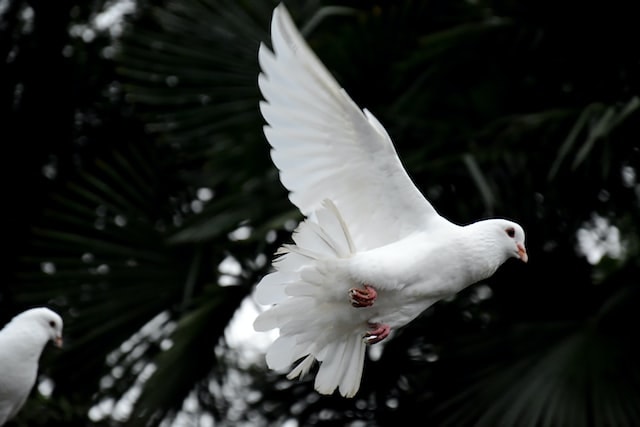
With its pristine white feathers and graceful flight, the dove has long been revered as a symbol of peace and reconciliation. Its ability to evoke emotions of hope, serenity, and renewal is nothing short of captivating.
The white dove’s significance can be traced back to ancient times, where it was linked with the goddess of love and beauty Aphrodite, in Greek mythology. In ancient Rome, the bird was also associated with Venus (the Roman equivalent of Aphrodite), further cementing its connection with harmony and love.
The dove’s importance in promoting peace and unity can also be found in biblical tales, such as the story of Noah’s Ark. According to the Old Testament, a dove brought an olive branch to the Ark, signaling the end of the great flood and the start of a new era. This image has persisted throughout history, with the dove and olive branch serving as timeless symbols of hope and reconciliation.
8. Olive Branch

The olive branch is a humble yet enduring symbol that holds great significance in cross-cultural reconciliation. It embodies the spirit of tranquility, amicability, and the resolute pursuit of conflict resolution. The olive branch is so appealing because it symbolizes the possibilities of hope, understanding, and the potential for harmony.
The roots of olive branch symbolism go way back to ancient times. In ancient Greece, the gift of an olive tree from Athena to Athens was highly valued because it provided food, oil, and wood, representing prosperity and abundance. Extending an olive branch was a symbolic gesture of offering peace and well-being to others.
Biblical stories also give the olive branch a special place in symbolizing reconciliation. According to the tale of Noah’s Ark, a dove brings an olive branch back to signal the end of the flood and the start of a new peaceful era between humans and the divine.
9. Tree Planting Ceremony

Planting trees is a symbol of reconciliation that crosses cultures and spans time. It represents renewal, growth, and healing, both for the environment and for people. Tree planting is not only a delightful experience, but it also inspires unity, shared responsibility, and the desire for a prosperous future.
Tree planting has been an essential aspect of many cultures, including Celtic mythology, where trees represented wisdom and strength. Indigenous cultures worldwide worship trees as sacred objects, reflecting the connection between all living entities and nature.
Today, tree planting remains vital for both the environment and peacekeeping efforts. In Northern Ireland and the Republic of Ireland, peace trees commemorate the Good Friday Agreement’s signing in 1998. Similarly, Rwanda’s Trees for Peace program encourages tree planting as a hopeful and reconciling act, reminding the country of its peace and unity.
10. Commemorative Stamp
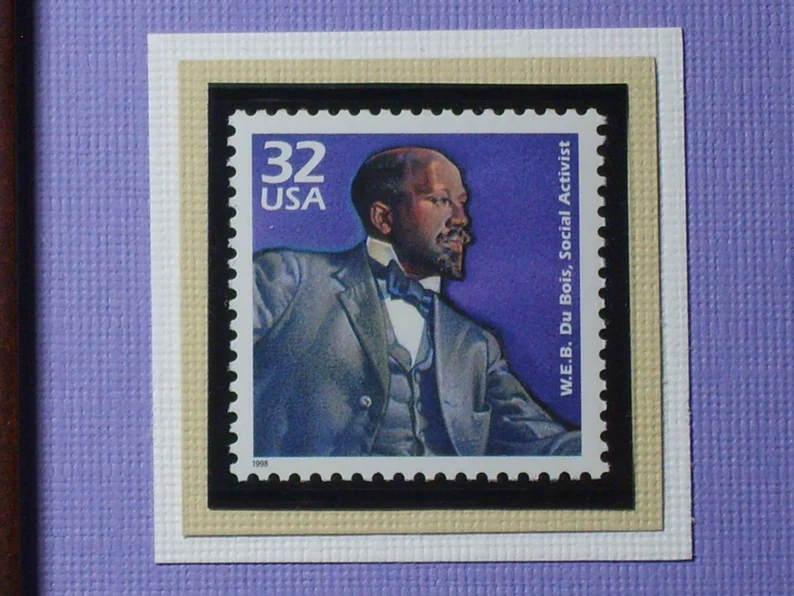
Who knew that a tiny piece of sticky art could have such a big impact on reconciliation? Commemorative stamps are a symbol of shared experiences, collective values, and mutual understanding. From their humble beginnings in the mid-19th century, they have evolved to celebrate reconciliation and convey messages of hope and healing.
Take the German stamp from 1995, for instance. It commemorates the reunification of Germany and features a design that symbolizes the coming together of the two states. It’s a reminder that art and communication can bridge divides and bring people together in a spirit of collaboration.
So, next time you stick a stamp on an envelope, remember that it represents more than just postage – it’s a symbol of reconciliation.
11. Memorial Plaque

A plaque represents the acknowledgment of shared experiences, the honoring of collective memories, and the dedication to healing wounds, both physical and emotional. The power of plaques lies in their ability to convey deep messages of hope, remembrance, and shared humanity that inspires us to strive for a better future.
Plaques can be found worldwide, from the war memorials that dot many countries to the small bronze plates that honor everyday heroes in local parks. The design of each plaque is carefully crafted, often featuring intricate details and powerful symbolism.
These messages serve as powerful reminders of our shared experiences and aspirations. Whether grand or humble, plaques are an important symbol of reconciliation that can inspire us to work towards a more just and peaceful future.
12. Memorial Garden
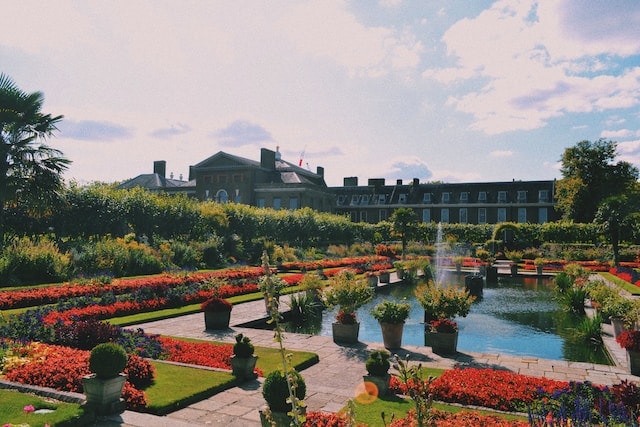
Memorial gardens blend natural beauty and evocative design to symbolize healing, memory, and unity. They’re the perfect combination of serene greenery and meaningful arrangement, communicating messages of hope, recovery, and community.
This tradition of garden-making goes way back, like ancient Persia’s paradise gardens that reflected an idealized version of nature with water elements, abundant plantings, and intricate pathways.
Today, memorial gardens are created as symbols of reconciliation, especially following conflicts or tragedies. For example, London’s Grosvenor Square features the September 11 Memorial Garden, commemorating the lives lost in the 2001 terrorist attacks. These gardens offer a peaceful and restorative space for contemplation, remembrance, and interaction, where nature and human souls harmonize in a beautiful and meaningful way.
13. Lighting of Candles
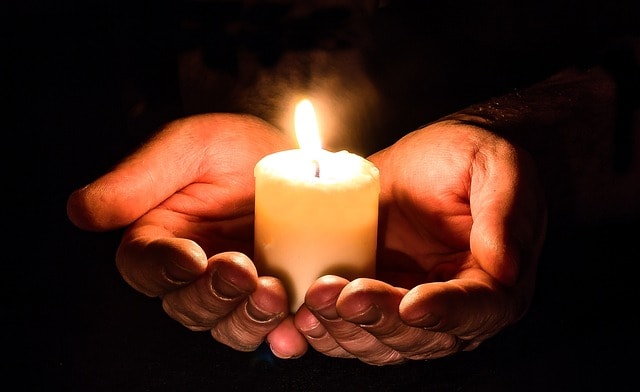
Lighting candles is a timeless practice that symbolizes hope, restoration, and harmony. The magical allure of candles lies in their ability to bring people together, regardless of background or beliefs.
The soft, flickering glow of the flame offers comfort and peace, uniting us in a shared desire for a better world. The tradition of lighting candles is rooted in spirituality and has been used for centuries to represent enlightenment and divine guidance.
Every year, on September 21, people worldwide light candles to celebrate the International Day of Peace. This global tradition serves as a powerful reminder of our collective longing for harmony and understanding. Through the gentle illumination of candles, we come together to promote unity and hope for a brighter tomorrow.
14. Monument
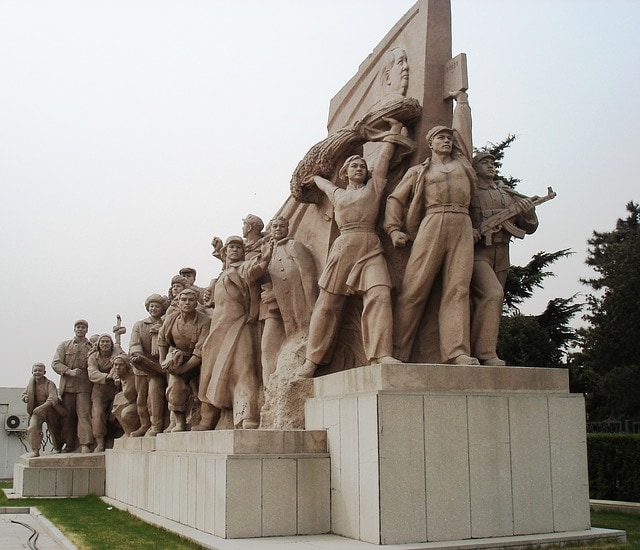
Monuments serve as grand symbols of reconciliation, representing past struggles, honoring collective memories, and calling for unity through history. Their grandeur and poignant symbolism are mesmerizing, conveying profound messages of peace and understanding.
Throughout history, civilizations have erected monuments as symbols of reconciliation, like Ancient Rome’s Ara Pacis or Altar of Peace, celebrating Pax Romana, an era of peace and stability. The intricate reliefs on the monument highlighted the importance of reconciliation, celebrating peace, and promoting harmony in society.
15. White Rose
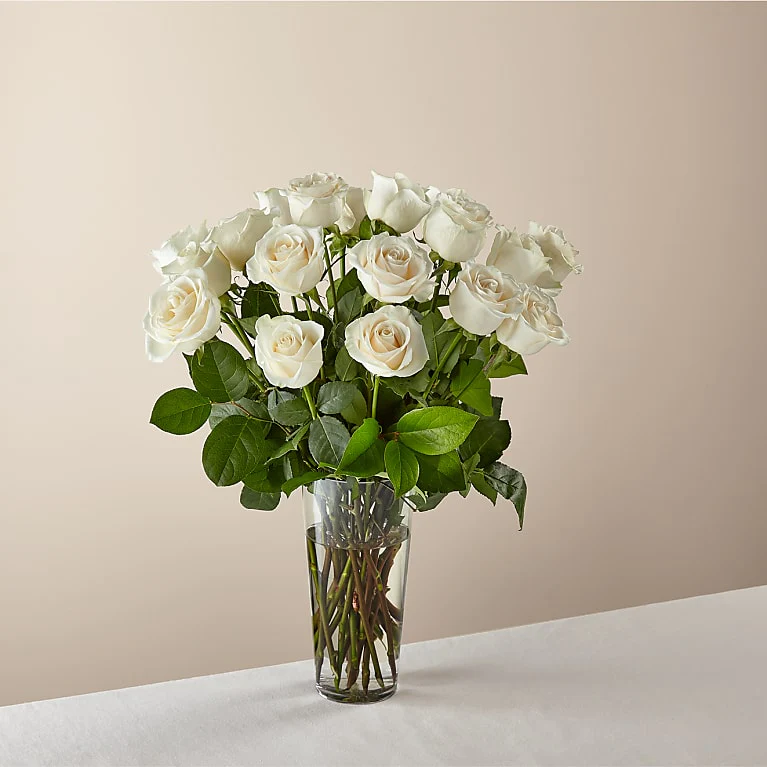
White roses are delicate and elegant flowers that symbolize reconciliation throughout history and cultures. They embody purity, innocence, and the renewal of relationships, representing hope for peace. Their beauty and fragrance convey the idea of peace with subtle charm.
White roses’ symbolism as a sign of reconciliation has deep roots in various cultures and historical periods. They were popular in temples of various goddesses, symbolizing love’s healing power and forgiveness.
As symbols of peace, they remind us of the potential to rekindle humanity’s relationship with the divine. Modern history also recognizes white roses as symbols of reconciliation. Many give them as gestures of goodwill during conflicts.
The White Rose Movement, a non-violent resistance group in Nazi Germany, chose the white rose as their name to symbolize love and reconciliation amidst tyranny and oppression.
16. Purple Stole
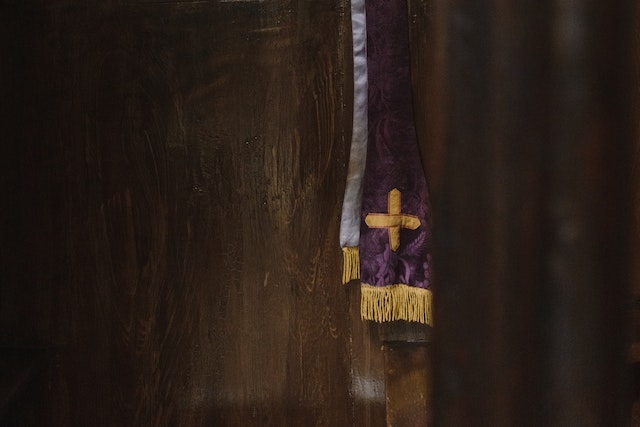
The allure of the purple stole lies in its ability to convey profound messages of forgiveness, atonement, and the journey toward spiritual renewal. It’s a garment that embodies the essence of repentance, humility, and the spiritual process of healing and restoring relationships with God and one another.
Rooted in the Christian tradition, the purple stole is a powerful symbol of penitence, reminding the faithful of the importance of introspection and self-examination. It’s traditionally worn by priests and bishops during the liturgical seasons of Advent and Lent, which are periods of fasting and reflection that encourage spiritual growth and reconciliation.
17. Medals

The glimmering allure of medals lies not just in their metallic shine, but in the stories they tell. These coveted symbols of recognition speak to shared struggles, collective achievements, and the power of unity to heal wounds and bring people together.
Medals have long served as a powerful tool for conveying complex messages through intricate designs and symbolic imagery. And in recent years, they have become a potent symbol of reconciliation and healing.
Individuals and organizations that have contributed to conflict resolution and unity-building have been lauded with medals, with the Nobel Peace Prize being a shining example.
18. Keys
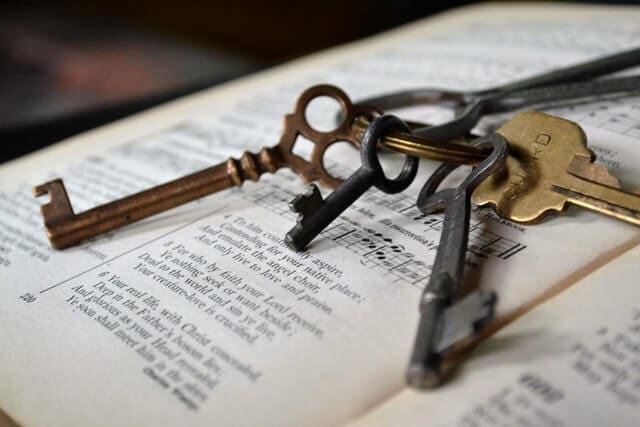
Keys are more than just mundane tools that open doors. They carry powerful messages of unity, hope, and renewal. The symbolic significance of keys as tokens of reconciliation have been recognized throughout history and across cultures, with their meaning evolving over time.
In the Middle Ages, keys represented the authority of religious leaders to unlock the gates of heaven and offer forgiveness to the penitent. They were a powerful reminder of the importance of reconciliation and spiritual renewal. St. Peter’s Keys to Heaven is a prime example of this symbolism.
Today, keys continue to hold immense value as symbols of reconciliation. Municipal leaders often present a “key to the city” to dignitaries, esteemed citizens, or even former adversaries as a gesture of goodwill and understanding.
This symbolic act represents the extension of trust, the willingness to collaborate, and the recognition of shared humanity. Keys are powerful reminders that, no matter how deep our differences may be, there is always potential for reconciliation and unity.
19. Orange Shirt Day
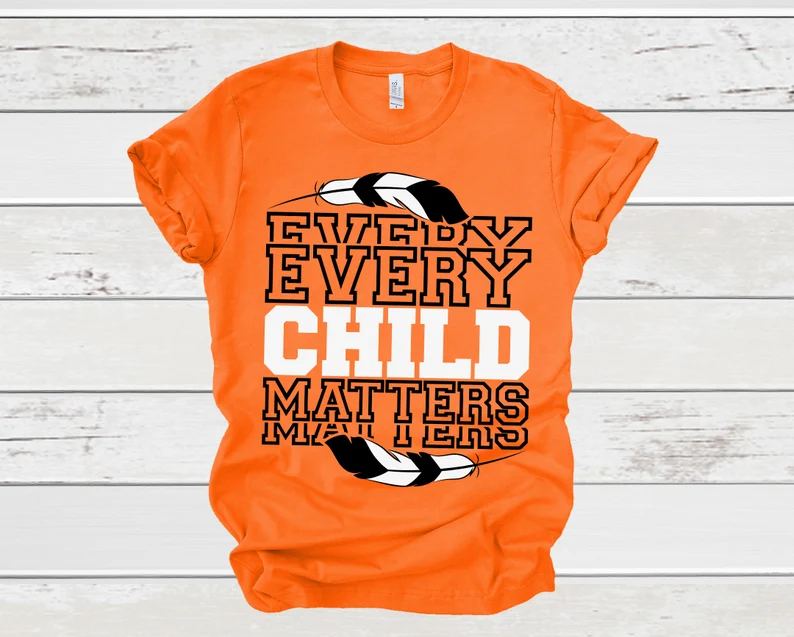
Orange Shirt Day is a poignant reminder of the dark legacy of residential schools in Canada, and a beacon of hope for reconciliation and healing. Each year, on September 30, people across the country wear orange shirts as a powerful symbol of solidarity with Indigenous communities.
This meaningful tradition has its roots in the heartbreaking story of Phyllis Webstad, a member of the Canadian First Nations, and a survivor of the St. Joseph Mission Residential School in British Columbia.
As a young girl, Phyllis proudly wore a new orange shirt gifted by her grandmother on her first day of school. But upon arriving, her precious garment was cruelly confiscated by school authorities. It was a heart-wrenching symbol of the loss of identity, culture, and dignity experienced by countless Indigenous children.
Since 2013, Orange Shirt Day has become a grassroots movement dedicated to promoting awareness, understanding, and healing. It’s a testament to the resilience and strength of Indigenous communities, and a call to action for all Canadians to support reconciliation efforts and work towards a more equitable future.
20. Broken Arrow

A lesser-known symbol of reconciliation is the broken arrow. This symbol represents the mending of relationships between warring nations or groups. It’s a traditional Native American symbol that dates back to the 1700s, when the Iroquois Confederacy and the colonizing European powers signed a treaty to end hostilities.
The broken arrow consists of two pieces of wood that have been snapped in half and rejoined together with a piece of animal hide or sinew. This powerful image represents the end of violence and the start of a new era of peace, cooperation, and understanding.
Today, the broken arrow remains a symbol of reconciliation and healing, used in ceremonies and events that seek to bridge divides and promote understanding between different communities. Its message is clear: even the most broken relationships can be mended with patience, forgiveness, and a willingness to move forward together.
Wrapping Up
Symbols of reconciliation are a powerful reminder of our shared humanity and our capacity for forgiveness and healing. By embracing these symbols and the values they represent, we can all play a role in promoting peace and reconciliation in our communities and beyond.
Similar Articles:
18 Powerful Symbols of Longevity and Their Meanings
19 Powerful Symbols of Optimism and What They Mean
19 Powerful Symbols of Perseverance and What They Mean
29 Powerful Symbols of Achievement and Success and What They Mean






